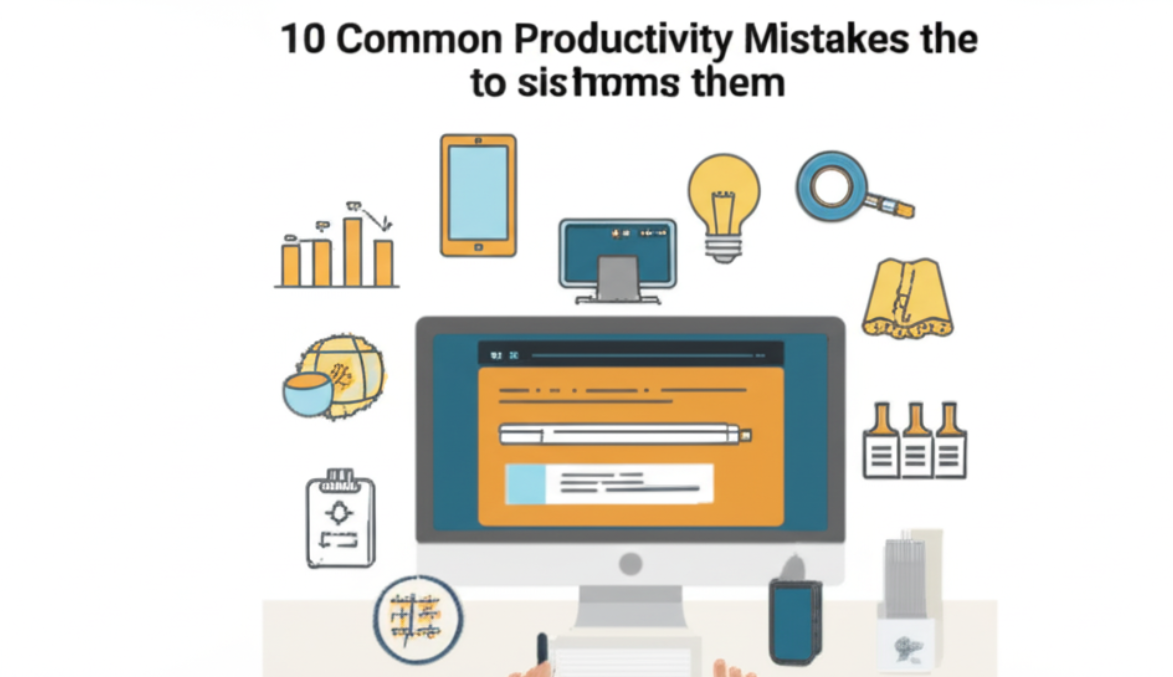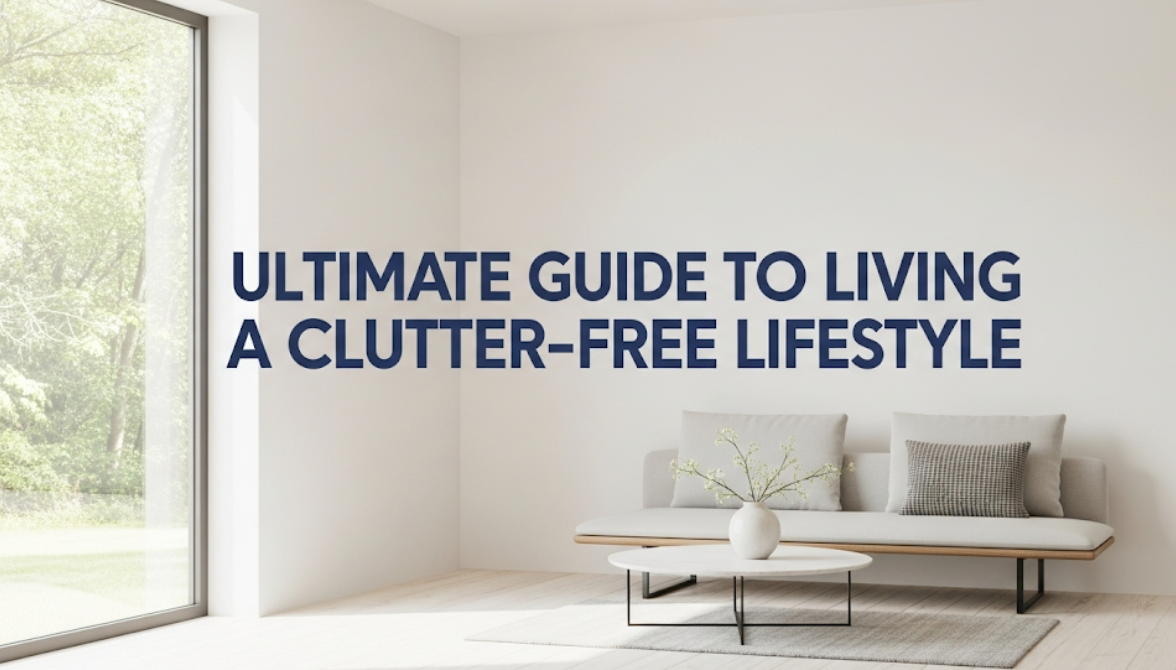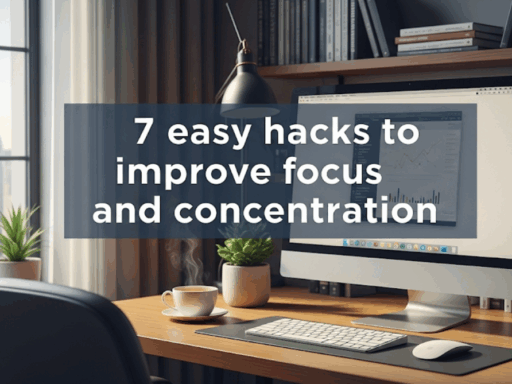META DESCRIPTION:
Transform your cluttered home into an organized sanctuary with proven room-by-room strategies, digital decluttering tips, and sustainable maintenance systems that save time, reduce stress, and improve your quality of life.
Complete Clutter Free Life Guide
Your Home would not be half as messy (or cost you $1,700)
Imagine this: You’re getting ready to leave for work, but your keys are nowhere to be found. You search through piles of papers, shift stacks of clothes and even check 3 different rooms. Sound familiar? Now, if you are shaking your head wondering wtf? Millions of individuals battle with their stuff to the point where it is impacting their wallets, mental health and time.
Rather than the picture-perfect lives we expect to have, living without clutter is about making room for what really matters. The less excess stuff you have, the more room for experiences, relationships and peace of mind. Well soon you will know exactly how to take what seems like a zoo of a space or two and turn it into a perfect organized, directed sanctuary for every type of person.
If you’re tackling mounds of paperwork, can never find anything in your closet or just overwhelmed with too much stuff overall, this is a no nonsense approach that actually works. From fast decluttering tricks to long-term maintenance systems that keep clutter from piling up again, we’ll cover it all.
How Clutter Impacts Your Day-to-Day Life
Mental Health and Stress Levels
Not only does clutter consume physical space but it is also mental property. One study shows that people who have homes with higher amounts of disorder have more cortisol, the stress hormone. Overwhelming senses make it hard for your brain to work effectively, including:
- Increased anxiety and overwhelm
- Difficulty concentrating on tasks
- Poor sleep quality
- Reduced creativity and problem-solving abilities
- Higher risk of depression
Financial Fallout You May Not Have Considered
If your home is cluttered, it might be shrinking your wallet in ways you never knew:
- Duplicate purchases — purchasing an item you own, but cannot locate
- Overdue notices — bills lost in the madness of disorganized paperwork
- Missed opportunities — Can’t return within the returns period
- Storage costs — Paying funds into storage units to house possessions that don’t quite make the cut
- Cleaning costs — such as paying for professional cleaning more often
- Lower home value — A cluttered home sells for less
Time Wasted on Daily Searches
The StudyFinds website reported that the average person spends 40 minutes per day looking for lost items. That’s 240 hours a year… six weeks worth of full time work! Just think about what you could have done in that time.
Room-by-Room Decluttering Strategy
Kitchen — The Soul of Your Home
Mail, keys and stuff ends up tossed in the kitchen. Recover this relatively necessary space here:
Start with countertops:
- Remove everything from all surfaces
- Categorize items: keep, move it, give away, trash
- Just keep counter essentials and return remaining things you use once in a blue moon only to the countertops
- Hang hooks or small baskets to store often-used items
Tackle cabinets and drawers systematically:
- Take one cabinet or drawer at a time with everything out of it
- Examine those items for food items with expiration dates
- Display same items together (all the baking stuff in one place)
- Try adding drawer dividers and shelf organizers around the kitchen
- The ‘One In, One Out’ Rule for New Purchases
Pantry organization secrets:
- Keep bulk items in clear containers
- Write all missing details and dates
- Store things you use the most at eye level
- Having a grocery list can help you to prevent overbuying products
Living Room: Your Relaxation Zone
Use these targeted strategies to treat your living room:
Furniture assessment:
- Use the KonMari evaluation: Does it serve a purpose that brings joy?
- Take out furniture that hinders the natural way of foot traffic
- Opt for dual-purpose furnishings (anything with storage) instead
- Unclutter surfaces except for a couple thoughtful decor items
Entertainment center cleanup:
- Ruthlessly go through all your DVDs, games, and books
- Group your remaining items by category or how often you use them
- Using cord management systems to conceal cables and cords
- Only keep the necessary devices to be controlled remotely
Bedroom: Your Personal Sanctuary
Your room should be inviting, not anxiety-producing:
Closet transformation:
- Do the hanger trick — start by turning all of your hangers backward, and then as you wear items turn them forward
- Donate backwards clothes after six months
- Sort by the sort (all bottoms together, all tops together)
- Store out-of-season clothes separately
- Add matching hangers for an organized & cohesive look
Nightstand essentials only:
- Only keep things you use before bed or after waking up
- Organize your smaller items in drawers
- Charge away from your bed for better sleep
- Books: 2 (what you are currently reading and one for backup)
Bathroom: Small Space, Big Impact
No space is safe from smart organization. Make the most of your bathroom:
Medicine cabinet audit:
- Check expiration dates monthly
- Unwanted or expired prescription medications should be safely and securely disposed of
- Categorize items (pain relievers, first aid, etc.)
- Keep miscellaneous items in small containers
Under-sink organization:
- Install pull-out drawers if possible
- Stackable bins are great for cleaning supplies
- Label containers for backup toiletries
- Keep daily-use items easily accessible
The Psychology: Why We Keep Stuff We Don’t Need
Common Emotional Attachments
Getting rid of things can be tough because stuff is tied so tightly to emotions. The most common psychological barriers are:
Just in case: Keeping items that “you may never know when needed it”. Counteract this by asking yourself, “If I want or need a new one, can I just borrow, purchase, or rent one?”
Sentimental overload: Instead, pick your all-time favorite items and let them be out on display rather than kept in boxes.
Perfectionism paralysis: When you wait for the “perfect” time to declutter or organize. Remember, done is better than perfect — break it down into small and manageable bits first.
Feelings of guilt about money spent on an item: you paid good money for them, so you should use them — even if you never do. This falls under the sunk costs fallacy but hey, you get your space back.
Shifting Your Mindset
If you want to be successful while doing it, shift from scarcity to abundance in your decluttering efforts:
- Think of the benefits (space, peace, time) instead of losses
- Look at letting go of items as aiding others that need these products more
- Be grateful for things that have served their purpose
- Ask yourself about whether you can ever really get what you need later on
Storage Solutions That Work
Maximizing Vertical Space
By not utilizing vertical space, most of us waste huge amounts of valuable storage. Here’s how to think upward:
- Add open shelves up to the ceiling for items you rarely use
- Use wall-mounted hooks and pegboards
- Opt for storage that’s high and thin, rather than low and wide
- Hang organizers on the back of doors
Multi-Purpose Furniture Wins
A piece of furniture should serve multiple functions:
- Ottoman with storage that doubles as seating
- Bed with built-in drawers underneath
- Coffee table with hidden compartments
- Desk with shelves and storage compartments
- Headboard with shelving for books and charging stations
Container Guidelines for Success
Not all containers are created equally. Follow these rules:
- Transparency is key — Clear containers are best for visibility
- Stackable saves space — Go for a set of containers that are meant to nest together
- Label everything — Yes, even the clear containers benefit from being labeled
- Keep to standard sizes — Use several sizes of containers that work together
- Always opt for quality over quantity — Buy sturdy containers that tend to not crack or break easily
Perform A Digital Declutter: Tidy Up Your Virtual Space
Email Organization Systems
Sometimes your digital clutter can be even more overwhelming than how messy your room looks. Here are several ways you can take on your inbox:
The 2 Minute Rule — If it will take less than two minutes to answer an email, just reply. Otherwise, put it into an action folder.
Folder structure that works:
- Action Required
- Waiting For Response
- Reference
- Archive
Unsubscribe mercilessly: Services like Unroll.me can unsubscribe en masse from unwanted lists, or do it one by one as emails come in.
Photo and File Management
Digital memories (photos and documents) tend to stack up as well, faster than you can imagine.
Photo organization system:
- Sort folders by year, then filter them per event or month
- Delete duplicate and blurry photos
- Back up photos by storing them in the cloud
- Print your top favorites instead of hoarding them digitally
Document filing system:
- Important papers scanned and saved digitally
- Follow consistent naming conventions (dates must be in the YYYY-MM-DD style)
- Establish principal directories for taxes, insurance and medical
- Perform quarterly reviews to delete old files

Good Habits for Maintenance and Prevention of Clutter Relapse
Daily Habits
The secret to keep clutter at bay is not in those epic end of the week clean up — but in small daily work:
Morning routine additions:
- Make your bed as soon as you wake up
- Place dirty breakfast items in dishwasher
- Quick 2-minute sweep of living room before heading out
Evening wind-down habits:
- Sort incoming mail right away
- Return things where they belong
- Lay out clothes for tomorrow
- 10 minute PM pick-up
Weekly Maintenance Schedule
Schedule regular maintenance work on specific days each week:
- Monday: Laundry triage and starting a load
- Tuesday: Deep clean the kitchen and check the pantry
- Wednesday: Wipe down all bathrooms and check the medicine cabinet
- Thursday: Straighten up your bedroom and closet
- Friday: Clean up living spaces and organize papers
- Saturday: Choose one small decluttering task to do
- Sunday: Plan & prepare for the week ahead
The One-Touch Rule
Touch things only once when feasible. As you go through the mail, treat it just like your laundry: do something with each piece (either act on it, file it, or throw it away) — don’t just keep moving piles of paper from one pile to another. This simple rule makes it impossible to stockpile piles of “to-deal-with-later” that you never actually deal with later.
Establishing Systems That Align with Your Life
Identifying Your Personal Clutter Triggers
Everyone has certain scenarios when clutter starts. Common triggers include:
- Stressful times at work or home
- Life changes (moving, job changes, relationships)
- Shopping as emotional therapy
- Procrastination on decision-making
- No designated homes for items
Action: Keep a “clutter journal” for one week, documenting where mess gathers and at what time. Identify patterns to fix moving forward.
Family-Friendly Organization Systems
If you share your life with others, then systems need to work for everyone:
Kid-friendly solutions:
- Use picture labels for non-readers
- Place storage at child-appropriate heights
- Develop toy rotation programs to reduce the number of toys in circulation
- Apply “clean up before new activity” rules
Partner cooperation strategies:
- Delegate each person with specific duties
- Identify common goals and acknowledge achievements
- Reframe criticism as gentle reminders
- Lead by example in your personal spaces
Adapting to Different Living Situations
Small Apartments:
- Opt for vertical storage and multi-functional pieces
- Use room dividers with storage
- Utilize rotating seasonal items to help make space
- Opt for light and foldable furniture
Large Homes:
- Identify and properly use your space
- Install storage hubs close to use areas
- Employ the “zone” theory for comparable functions
- Do not force yourself to fill every gap
Building Your Personal Action Plan
Setting Realistic Goals and Timelines
Sustainable change happens gradually. Position yourself for success with intelligent goal setting:
- Month 1: Work on high-impact areas (kitchen counters, etc.)
- Month 2: Address one problem area completely (closet or home office)
- Month 3: Install maintenance systems and troubleshoot
- Months 4-6: Optimize systems and move through new spaces
Tracking Progress and Staying Motivated
To keep the ball rolling, document your journey:
- Take before and after photos of every location
- Track donated/sold items
- Notice how much time you save from daily searches
- Monitor improved stress levels and better sleep quality
- Celebrate wins of all sizes
When to Seek Professional Help
When to Hire a Professional Organizer:
- You are so overwhelmed you have no idea what action to take next
- You have no problem starting but cannot sustain momentum
- You’re dealing with hoarding tendencies
- You are handling a very big life transition (divorce, family loss, moving)
- You are physically restricted and organizing things is hard
Your Clutter-Free Future Starts Today
Living clutter-free is not a life of perfection, but a life lived with systems that support the life you want to live. Make sure every single item in your space has either a purpose, or brings you that particular kind of joy. Once you get rid of the waste, then you can create space for what is actually important… more quality time with family and friends, room for fresh new experiences, and mental peace within your very own walls.
Start small today. Select a drawer or shelf or a corner of a room. Now that you have learned these principles, apply them now: Put order in your chaotic surroundings and feel the instant relief. This is a marathon, not a sprint. Have patience, celebrate the little things and let it be.
Every move you make to a simpler, uncluttered life, your future self will thank you. Because the time you spent decluttering today will come back to you in lower stress, higher productivity and improved life satisfaction tenfold. Step out and make your move as the clutter-free lifestyle is calling you!




